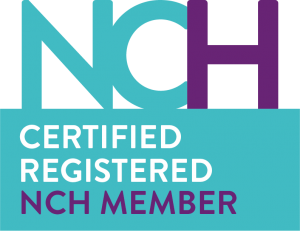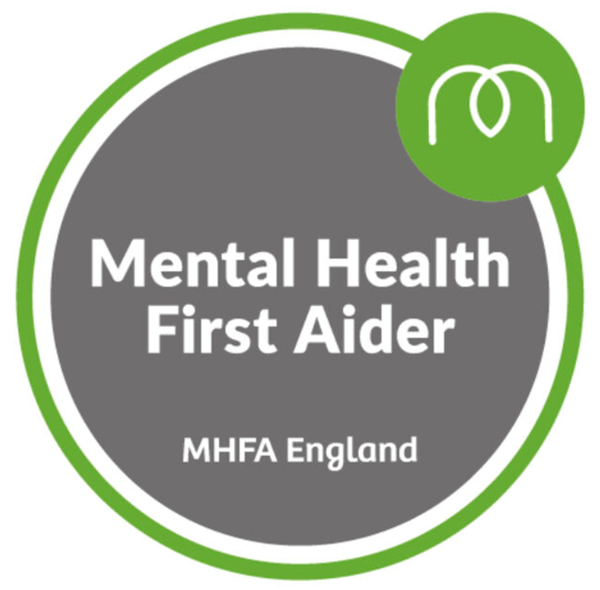Referred to as “sama vritti pranayama” in yogic practice, box breathing is rooted in the ancient tradition of pranayama, focusing on controlled breath. Notably, it has been adopted by the United States Navy SEALs and widely utilized by individuals seeking stress relief.
Here are the uncomplicated steps to practice box breathing and the potential health benefits associated with its regular application.
How to Practice Box Breathing:
The method derives its name from its four-step process, forming a square. Each phase lasts for 4 seconds:
- Inhale through your nose.
- Hold your breath.
- Exhale through your mouth.
- Hold your breath.
Repeat each step at least three times, adjusting the duration to 3 seconds if needed. Gradually increase the sets or step duration as you become more accustomed to the technique. Box breathing is adaptable, suitable for standing, sitting, or lying down, and can be practiced in various settings.
Tips for Effective Box Breathing:
- Find a quiet space with minimal distractions.
- Consider using headphones or earplugs to minimize background noise.
- Opt for calming instrumental music to establish a rhythmic pattern.
- Begin alone or with familiar company to enhance focus on personal relaxation.
- Place your hands on your chest and stomach to feel the breath movement.
- Emphasize muscle relaxation over forceful breathing.
- Consistent practice enhances proficiency in focused breathwork, making box breathing an accessible coping mechanism during moments of panic or stress.
Counting helps to shift focus away from panic-inducing situations, enabling better control over your response.
Health Benefits of Box Breathing:
Research suggests that breathing exercises can reduce stress, depression, and anxiety. When stressed, the body enters a fight-or-flight state, elevating heart and breathing rates. Controlled breathing facilitates a return to a resting state. Breathing exercises contribute to prolonged attention spans, improved memory, and enhanced mood.
Beyond everyday stress, box breathing may offer relief for individuals with post-traumatic stress disorder. Physically, focused breathing may reduce inflammation and athletes are incorporating mindful breathing into training.
Conclusion
Incorporating daily box breathing into your routine may lead to reduced stress levels, lower blood pressure, and an overall enhancement of well-being.






